Eyecatching Companion Plants For Walker's Low Catmint
Eye-Catching Companion Plants for Walker's Low Catmint
Walker's Low catmint is a beautiful, low-maintenance perennial that is perfect for adding a splash of color to your garden. It blooms in shades of blue, purple, and white, and its sweet, minty fragrance attracts bees and butterflies.
If you're looking to create a stunning garden display, you'll want to consider planting Walker's Low catmint with some complementary companion plants. Here are a few of our favorites:
- Irises: Irises are a great choice for companion plants for Walker's Low catmint because they share similar growing conditions. Both plants prefer full sun and well-drained soil. Irises also come in a wide variety of colors, so you can find the perfect ones to complement the blues and purples of the catmint.
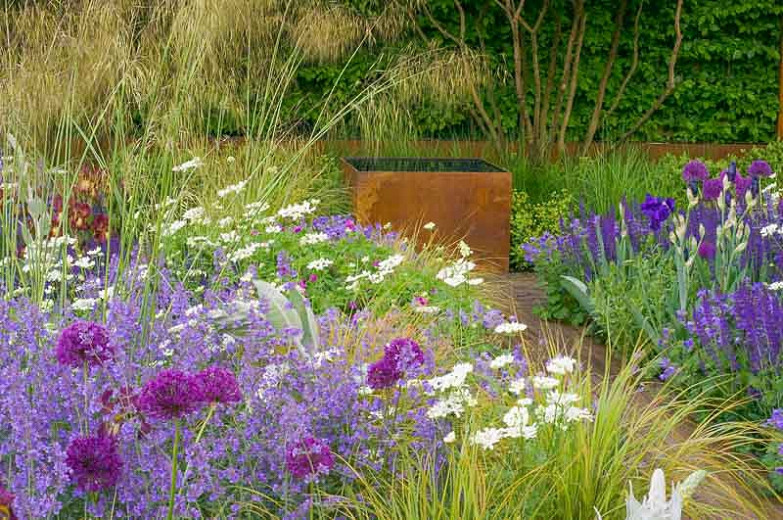
- Dahlias: Dahlias are another great choice for companion plants for Walker's Low catmint. They come in a wide variety of colors, including shades of red, orange, yellow, and pink. Dahlias also add height to your garden, which helps to balance out the low-growing catmint.

- Sneezeweed: Sneezeweed is a beautiful, daisy-like flower that blooms in shades of yellow, orange, and red. It's a great choice for companion plants for Walker's Low catmint because it attracts bees and butterflies. Sneezeweed also grows well in full sun and well-drained soil.

- Bee balm: Bee balm is a fragrant, nectar-rich flower that attracts bees and butterflies. It's a great choice for companion plants for Walker's Low catmint because it helps to keep the garden ecosystem healthy. Bee balm also grows well in full sun and well-drained soil.

- Yarrow: Yarrow is a hardy, drought-tolerant plant that adds a touch of texture to your garden. It blooms in shades of white, yellow, and pink. Yarrow is a great choice for companion plants for Walker's Low catmint because it helps to deter pests.
In addition to these plants, there are many other great companion plants for Walker's Low catmint. When choosing companion plants, it's important to consider the plant's growth habit, color, and water needs. By carefully selecting your companion plants, you can create a beautiful, harmonious garden display.
Walker's Low catmint is a beautiful and versatile plant that can add a touch of color and fragrance to any garden. But did you know that it's also a great companion plant for other flowers?
There are many different plants that can be paired with Walker's Low catmint, but some of the best include:
- Roses: Roses and catmint are a classic combination that looks stunning in any garden. The purple blooms of the catmint complement the pink or red blooms of the roses perfectly.
- Verbena: Verbena is another great choice for a companion plant for Walker's Low catmint. The bright colors of the verbena will add a pop of color to your garden, and the two plants will attract bees and butterflies.
- Agastache: Agastache is a type of mint that is native to North America. It has beautiful purple flowers that bloom in the summer, and it's a great choice for attracting pollinators.
- Lavender: Lavender is a popular herb that is known for its calming scent. It's also a great companion plant for Walker's Low catmint, as it can help to repel pests.
If you're looking for more information about companion plants for Walker's Low catmint, I recommend visiting Gardenia Inspiration. This website has a comprehensive list of plants that can be paired with Walker's Low catmint, as well as information about the benefits of companion planting.
FAQ of catmint walker's low companion plants
Question 1: What are the best companion plants for catmint Walker's Low?
Answer:
Catmint Walker's Low is a low-maintenance, drought-tolerant plant that is easy to grow. It is also deer-resistant, making it a good choice for gardens in areas with a high deer population. Some of the best companion plants for catmint Walker's Low include:
- Lavender: Lavender is a fragrant herb that blooms at the same time as catmint Walker's Low. The two plants complement each other well and can be used to create a beautiful and calming garden space.
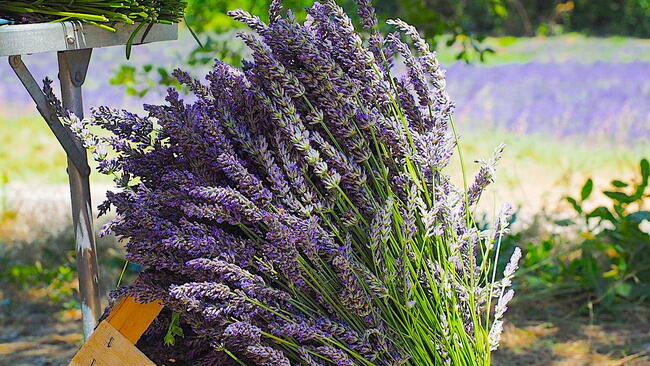
- Yarrow: Yarrow is a hardy perennial that blooms in shades of white, yellow, and pink. It is a good choice for attracting pollinators to the garden.

- Bee balm: Bee balm is a native North American wildflower that blooms in shades of red, pink, and purple. It is a good choice for attracting bees and butterflies to the garden.
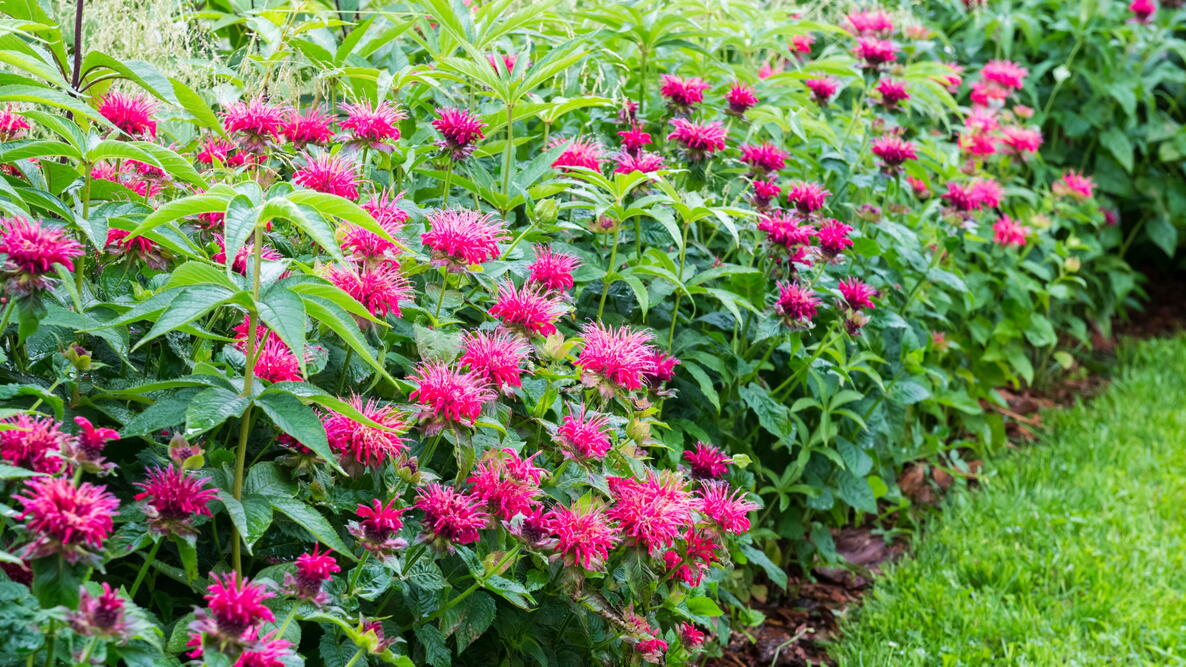
- Echinacea: Echinacea is a medicinal herb that blooms in shades of purple and pink. It is a good choice for attracting butterflies to the garden.
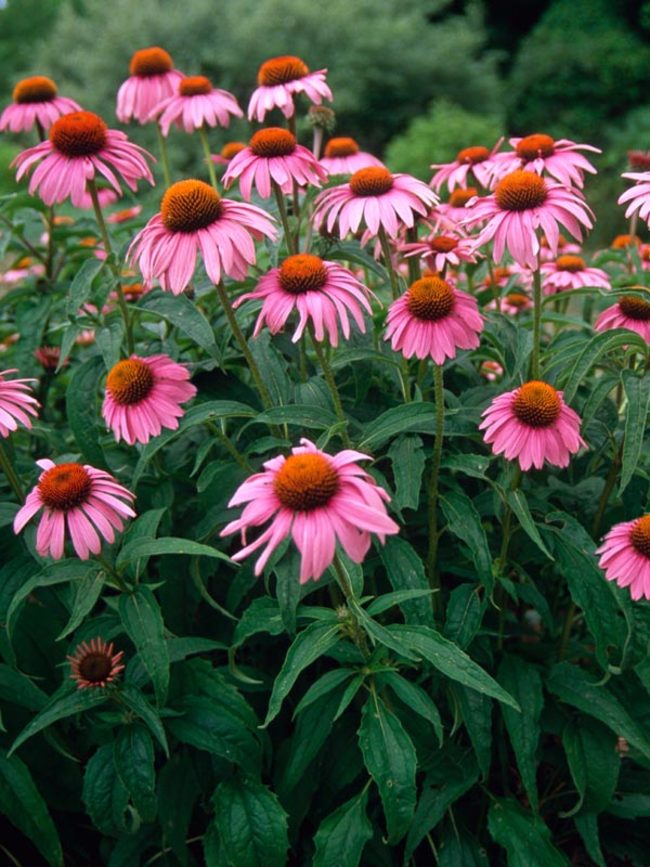
- Rudbeckia: Rudbeckia is a daisy-like flower that blooms in shades of yellow, orange, and red. It is a good choice for adding color to the garden in late summer and early fall.
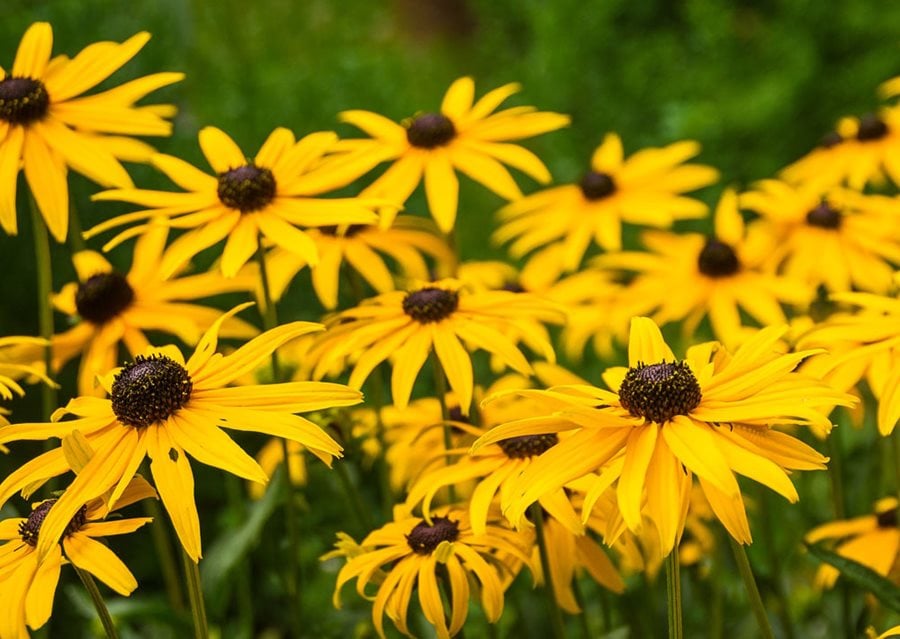
Question 2: How wide does Walker's Low catmint get?
Answer:
Walker's Low catmint typically reaches a mature width of 18 inches. It can be trimmed back in early spring to encourage new growth.
Question 3: What are the best growing conditions for catmint Walker's Low?
Answer:
Catmint Walker's Low prefers full sun but can tolerate partial shade. It is a drought-tolerant plant that does not require a lot of water. It prefers well-drained soil.
Question 4: How do I propagate catmint Walker's Low?
Answer:
Catmint Walker's Low can be propagated by division or by seed. To propagate by division, dig up a mature plant in early spring and divide it into several smaller clumps. Replant the clumps in a sunny location with well-drained soil.
To propagate by seed, sow the seeds in a seed tray in early spring. Keep the seed tray moist and in a warm location. The seeds will germinate in 1-2 weeks. Once the seedlings have developed a few sets of leaves, transplant them into individual pots or the garden.
Question 5: What pests and diseases are common to catmint Walker's Low?
Answer:
Catmint Walker's Low is a relatively pest- and disease-free plant. However, it can be susceptible to aphids, spider mites, and powdery mildew. If you notice any pests or diseases on your plant, treat them promptly with an appropriate pesticide or fungicide.
Image of catmint walker's low companion plants
- Catmint and roses: This is a classic combination that looks beautiful in any garden. The purple flowers of catmint complement the pink or red blooms of roses, and both plants attract pollinators.

- Catmint and lavender: These two plants have similar growing requirements and both attract pollinators. They also look great together, with the purple flowers of catmint contrasting with the blue flowers of lavender.

- Catmint and agastache: Agastache is another member of the mint family, and it has similar flower colors to catmint. These two plants can be planted together to create a continuous swath of purple flowers.
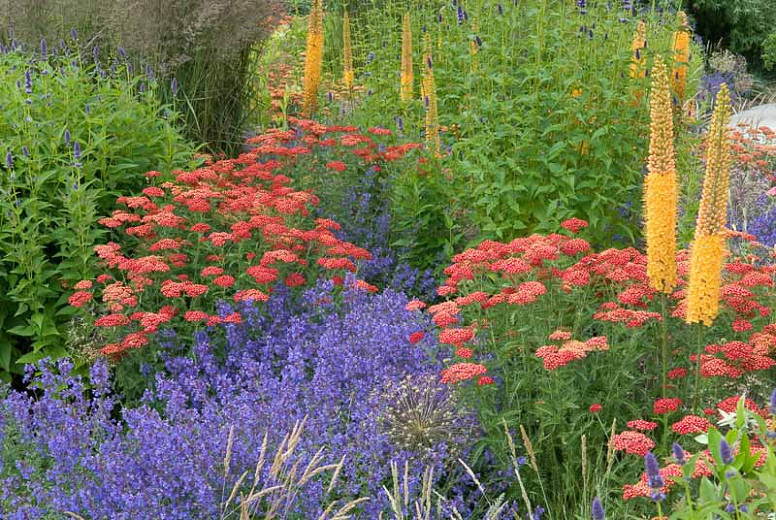
- Catmint and yarrow: Yarrow is a hardy perennial that blooms in shades of yellow, white, and pink. It is a good companion plant for catmint because it helps to deter pests.

- Catmint and ornamental grasses: Ornamental grasses add height and texture to the garden, and they make good companions for catmint. Some popular ornamental grasses to plant with catmint include Karl Foerster grass, feather reed grass, and blue oat grass.
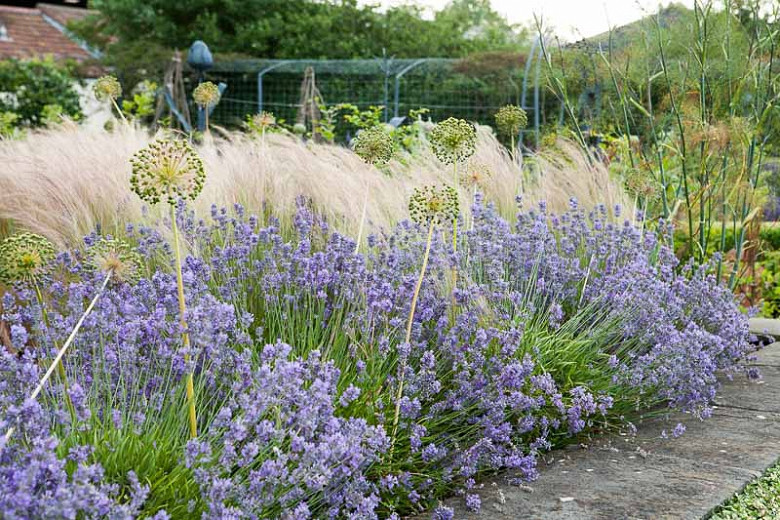
Post a Comment for " Eyecatching Companion Plants For Walker's Low Catmint"